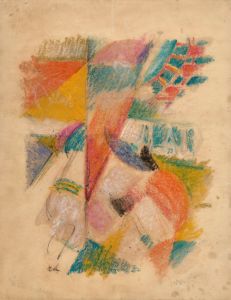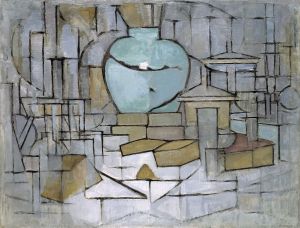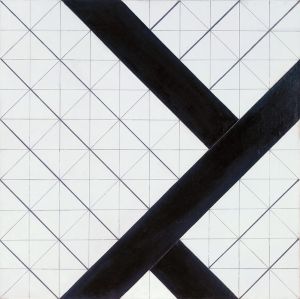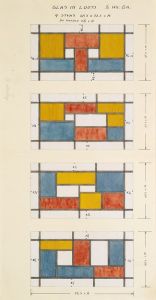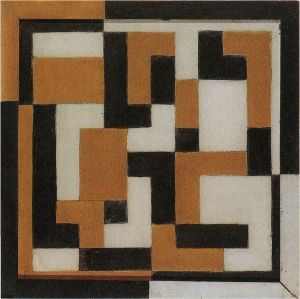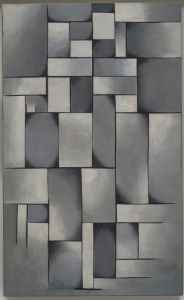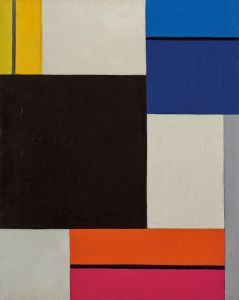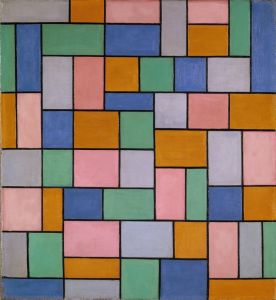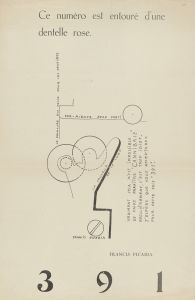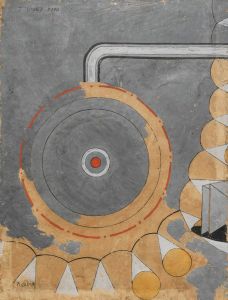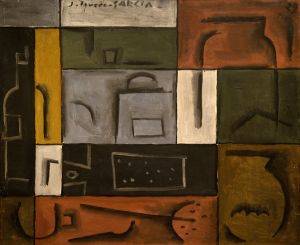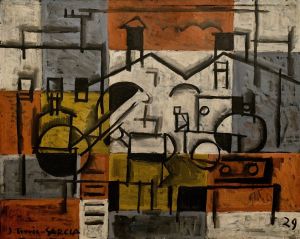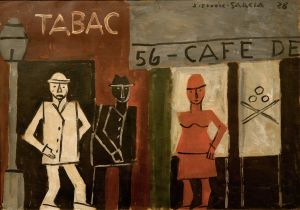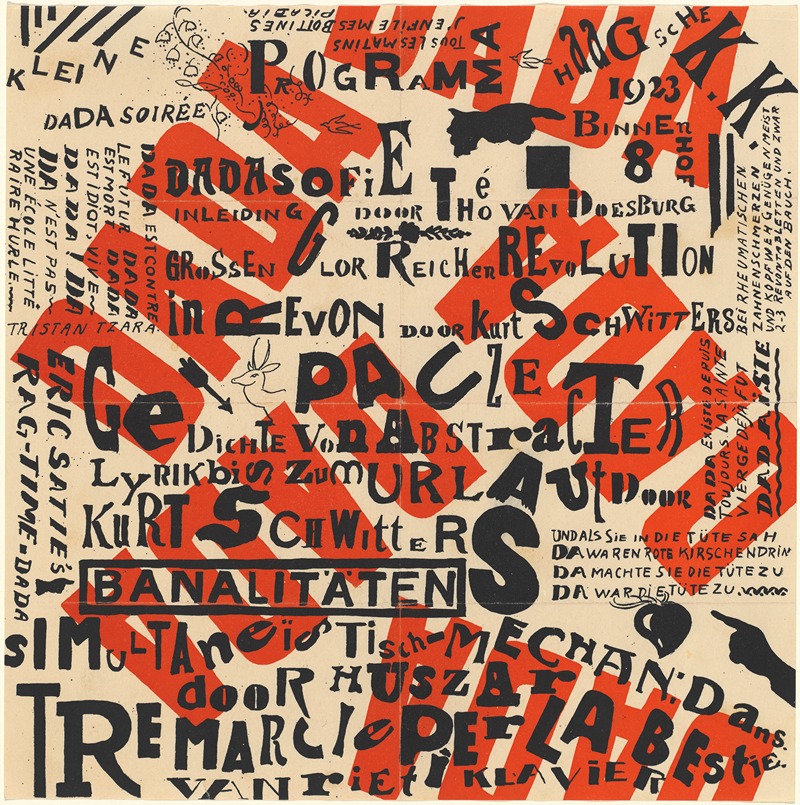
Kleine Dada Soirée
A hand-painted replica of Theo van Doesburg’s masterpiece Kleine Dada Soirée, meticulously crafted by professional artists to capture the true essence of the original. Each piece is created with museum-quality canvas and rare mineral pigments, carefully painted by experienced artists with delicate brushstrokes and rich, layered colors to perfectly recreate the texture of the original artwork. Unlike machine-printed reproductions, this hand-painted version brings the painting to life, infused with the artist’s emotions and skill in every stroke. Whether for personal collection or home decoration, it instantly elevates the artistic atmosphere of any space.
"Kleine Dada Soirée" is a notable artwork created by Theo van Doesburg in 1922. Theo van Doesburg was a Dutch artist, writer, and architect, best known as a leading figure in the De Stijl movement, which he co-founded. The De Stijl movement, also known as Neoplasticism, emphasized abstraction and simplicity, focusing on basic visual elements such as geometric forms and primary colors.
"Kleine Dada Soirée" is a lithograph poster that was produced to promote a Dada event in The Hague. The Dada movement, which originated in Zurich during World War I, was an avant-garde art movement characterized by its anti-war politics, rejection of the prevailing standards in art, and embrace of chaos and irrationality. Dada artists often used absurdity and satire to challenge conventional norms and provoke thought.
The poster for "Kleine Dada Soirée" is a striking example of van Doesburg's ability to merge the principles of De Stijl with the anarchic spirit of Dada. The lithograph features a dynamic composition with bold typography and geometric shapes. The text on the poster is arranged in an asymmetrical layout, creating a sense of movement and energy. This design reflects the Dadaist ethos of breaking away from traditional artistic conventions and embracing a more experimental approach.
In addition to promoting the event, the poster also serves as a collaborative piece, as it includes contributions from other prominent Dada artists. Notably, Kurt Schwitters, a German artist associated with both Dada and Constructivism, is mentioned on the poster. Schwitters was known for his innovative use of collage and assemblage, and his inclusion in the "Kleine Dada Soirée" highlights the collaborative and interdisciplinary nature of the Dada movement.
The event itself, which the poster was advertising, was a performance evening that featured a variety of Dada activities, including poetry readings, music, and theatrical performances. These soirées were designed to be provocative and often included elements of surprise and absurdity, challenging the audience's perceptions and expectations.
"Kleine Dada Soirée" is significant not only as a piece of graphic design but also as a historical document that captures the spirit of the Dada movement and its influence on the broader avant-garde art scene of the early 20th century. The poster exemplifies van Doesburg's versatility as an artist and his ability to navigate and contribute to multiple avant-garde movements simultaneously.
Today, "Kleine Dada Soirée" is recognized as an important work within the context of both Dada and De Stijl. It is studied for its innovative design and its role in promoting one of the many experimental art events that defined the Dada movement. The poster is also a testament to the collaborative and interdisciplinary nature of early 20th-century avant-garde art, showcasing the interconnectedness of artists and movements during this vibrant period in art history.





